Preschool toys for classroom environments play a transformative role in early childhood development. As educators and administrators search for the best educational tools, understanding which toys truly support learning objectives has become essential. This comprehensive guide explores everything you need to know about selecting, implementing, and maximizing the benefits of classroom toys for preschoolers and kindergarteners.
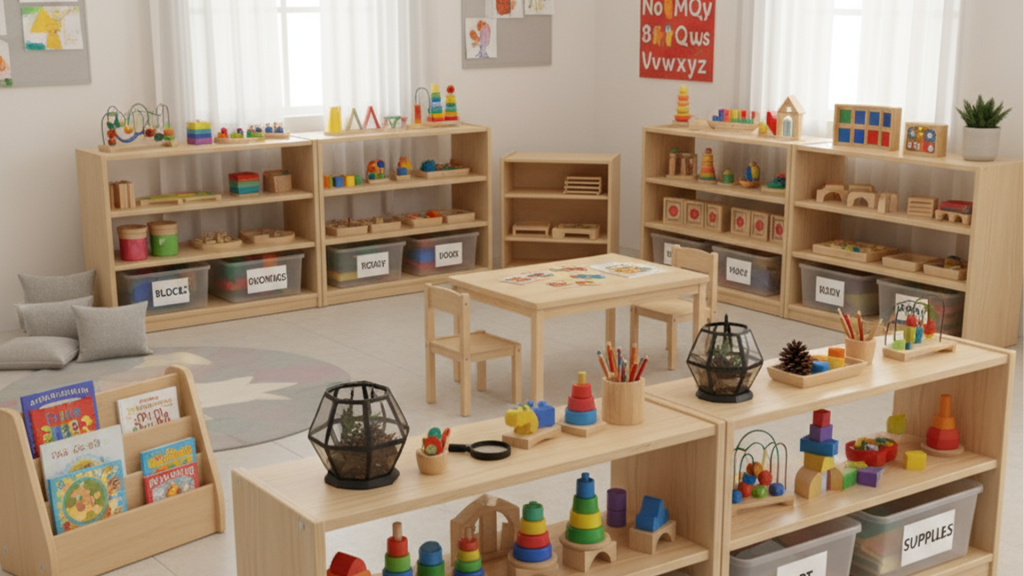
Why Educational Toys Matter in Preschool Classrooms
The best toys for preschool classroom settings do far more than entertain—they serve as powerful learning tools that shape cognitive, physical, and social-emotional development. Research consistently shows that quality educational toys for preschool classroom environments enhance problem-solving abilities, boost creativity, and improve fine motor skills.
When children engage with classroom toys for preschoolers, they develop critical thinking skills through hands-on exploration. These experiences create neural pathways that support academic success throughout their educational journey. Educational institutions worldwide have recognized this connection, incorporating structured play with educational toys into their core curriculum.
According to recent research published in ScienceDirect, STEM toys in kindergarten classrooms support problem-solving, critical thinking, and verbal communication in young children, with comprehensive teacher training essential to maximize their educational benefits.
Learn more about our commitment to quality educational toys
Essential Categories of Toys for Kindergarten Classroom
Building and Construction Toys
Block play has endless benefits for kids, with classic unit blocks being an early childhood staple that allows children to practice shapes, colors, and counting. Wooden blocks remain the gold standard for best toys for kindergarten classroom settings because they encourage open-ended play without overwhelming sensory input.
Construction toys including:
- Wooden unit blocks in various shapes and sizes
- Interlocking building sets for STEM exploration
- Magnetic building tiles for geometry concepts
- Large cardboard blocks for collaborative building projects
These toys for kindergarten classroom use develop spatial awareness, mathematical thinking, and engineering concepts while children simply play and create.
Sensory and Fine Motor Development Toys
The best toys for preschool classroom settings must address fine motor skill development, which directly impacts writing readiness and daily living skills. Manipulating wooden toys like building blocks or puzzles helps children develop fine motor skills, leading to better hand-eye coordination and dexterity MentalUP.
Essential fine motor toys include:
- Lacing cards and threading activities
- Sorting and matching games
- Pegboards with colorful pegs
- Tweezers and tongs for object manipulation
- Sensory bins with various textures
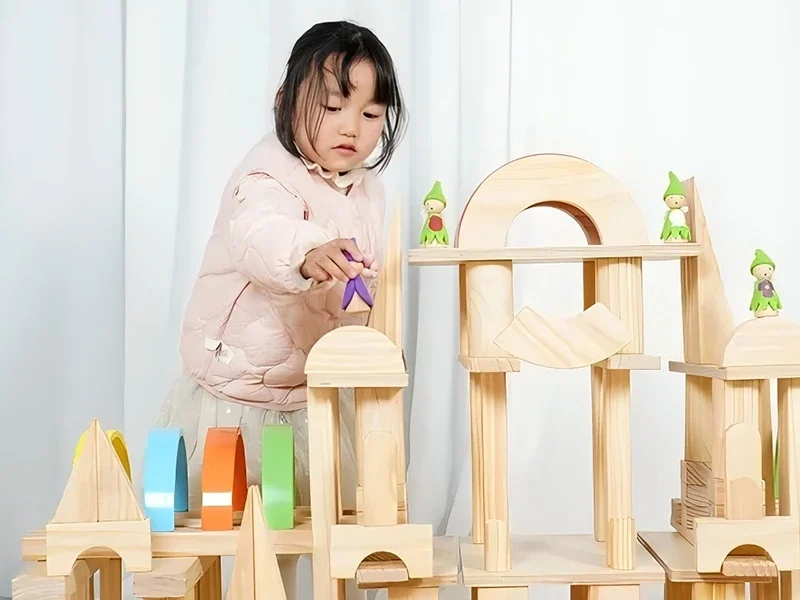
The Advantages of Wooden Educational Toys
Durability and Sustainability
Wooden educational toys represent a smart investment for educational institutions. Educational wooden toys enhance cognitive behavior, stimulate creativity, and help develop physical and mental skills necessary in life, with simple wooden blocks being one of the best toys for developing minds.
Unlike plastic alternatives that break easily and contribute to environmental waste, quality wooden toys:
- Last for generations with proper care
- Contain no harmful microplastics
- Feature natural antibacterial properties
- Reduce environmental impact significantly
Cognitive Benefits of Natural Materials
Wooden educational toys provide tactile experiences through distinct textures and natural materials, encouraging children to explore, touch, and manipulate objects while promoting cognitive development. The simplicity of wooden toys encourages deeper, focused play without overstimulation from electronic features.
Selecting the Best Toys for Preschool Classroom Environments
Safety Standards and Certifications
Safety must always be the primary consideration when choosing classroom toys for kindergarten and preschool settings. Toys should have smooth finishes with no sharp edges or loose parts that can be swallowed, must be non-toxic, and should not pose choking hazards.
Essential safety criteria:
- Non-toxic materials and finishes
- Age-appropriate sizing
- Smooth edges without splinters
- Sturdy construction that withstands heavy use
- Third-party safety certifications (ASTM, CPSIA)
Developmental Appropriateness
Developmentally appropriate materials match the stage of development and ability of children, requiring a range of toys and materials that accommodate differences between individual children’s skills, interests, and characteristics Virtual Lab School.
For pre k classroom toys, consider:
- Simple cause-and-effect toys for younger preschoolers
- Increasingly complex puzzles for developing problem-solvers
- Cooperative games for social skill development
- Open-ended materials that grow with children’s abilities

Creating Engaging Learning Centers with Classroom Toys
Mathematics and STEM Center
Kindergarten toys for the classroom should include abundant materials for mathematical exploration. Learning Resources has used science and experimental learning from teachers and educators to create effective preschool educational toys, from sorting activities to mathematical operations.
Essential math center toys:
- Counting bears and manipulatives
- Pattern blocks for geometry
- Number puzzles and games
- Measuring tools and balance scales
- STEM building challenges
Dramatic Play and Social Development
Dramatic play toys allow children to imitate real-world scenarios and develop skills such as conflict resolution, self-regulation, and creative thinking that they’ll take into adulthood.
Recommended dramatic play materials:
- Play kitchens and food sets
- Doctor and veterinarian kits
- Tool benches and construction props
- Dress-up clothes and accessories
- Puppets for storytelling
Maximizing the Educational Value of Toys in Preschool Classroom
Intentional Toy Rotation
To support preschoolers’ interests, remember to rotate toys and materials as their ideas evolve, helping children make connections that extend their learning to new areas.
Implement a rotation system:
- Observe which toys generate the most engagement
- Remove toys that no longer challenge children
- Introduce new materials aligned with current themes
- Store unused toys to maintain organized, focused spaces
- Reintroduce familiar favorites with new provocations
Balancing Free Play and Guided Activities
Striking a balance between free play and structured play ensures holistic development across intellectual, physical, and social-emotional domains.
Effective implementation strategies:
- Allow daily unstructured exploration time
- Use toys to teach specific concepts during small groups
- Create provocations that inspire investigation
- Document learning to assess toy effectiveness
- Adjust offerings based on children’s interests and needs

Budget-Friendly Strategies for Classroom Toy Acquisition
Prioritizing Quality Over Quantity
The number of toys required depends on class size, children’s ages, and activity diversity, with the need to balance variety against abundance to avoid disputes and overwhelming children.
Smart purchasing strategies:
- Invest in durable, multi-purpose toys
- Choose open-ended materials with endless possibilities
- Select toys that serve multiple learning domains
- Consider long-term value over initial cost
- Research educational suppliers offering institutional discounts
Educational institutions can benefit from our bulk ordering programs with special institutional pricing
Sourcing and Maintenance
Professional purchasing considerations:
- Establish relationships with reputable manufacturers
- Request samples before large purchases
- Verify safety certifications and quality standards
- Implement cleaning and maintenance schedules
- Train staff on proper toy care and storage
Cultural Responsiveness and Inclusive Toy Selection
Reflecting Diverse Backgrounds
Materials should reflect the backgrounds, community, and experiences of all children, building bridges between children’s home and school lives that provide strong foundations for learning.
Inclusive toy selection includes:
- Dolls and figures representing various ethnicities
- Books and puzzles showing diverse families
- Multicultural play foods and kitchen items
- Musical instruments from different cultures
- Materials that challenge gender stereotypes
Universal Design Principles
The best educational toys for preschool classroom environments accommodate children of all abilities:
- Toys with multiple sensory features
- Materials accessible for various motor skills
- Games with adaptable rules
- Equipment supporting gross motor development
- Tools fostering independence for all learners
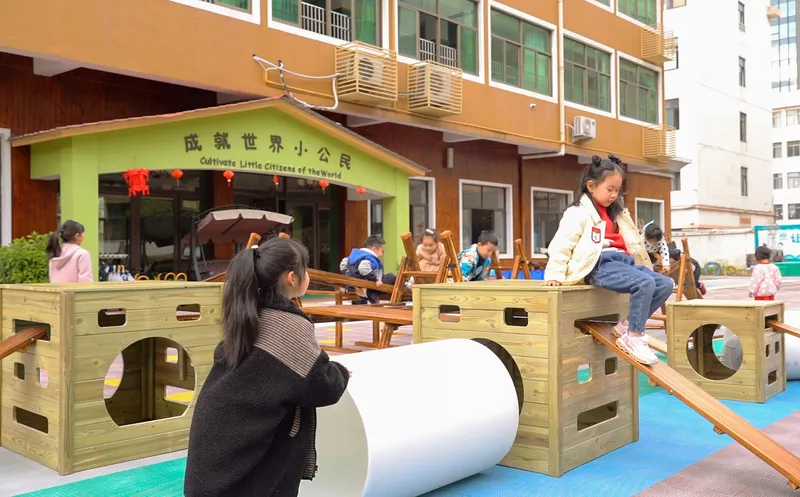
Assessment and Documentation of Learning Through Play
Observing Children’s Engagement
High levels of interest and enthusiasm indicate toys are engaging and fulfilling children’s play needs, while progress in certain skills after using particular toys implies effectiveness in facilitating learning.
Documentation strategies:
- Take photographs of complex creations
- Record conversations during play
- Note which toys inspire sustained engagement
- Track skill development across time
- Share observations with families
Using Toys to Support Individual Learning Goals
Professional educators leverage classroom toys for kindergarten to address specific developmental needs:
- Identify children requiring extra fine motor practice
- Provide scaffolding through toy selection
- Challenge advanced learners with complex materials
- Support social skill development through cooperative games
- Differentiate learning experiences within centers
Storage and Organization Systems
Creating Accessible Learning Environments
An organized, well-kept play environment is not just visually pleasing but also conducive to learning.
Effective organization strategies:
- Use clear containers for visibility
- Label with pictures and words
- Organize by category or learning center
- Ensure children can independently access materials
- Implement simple cleanup systems
Maintaining Order and Engagement
Storage solutions that work:
- Low, open shelving for independence
- Bins matching toy quantities
- Rotating display to prevent overwhelm
- Designated spaces for each toy category
- Regular decluttering schedules
Optimize your classroom with our storage and organization systems
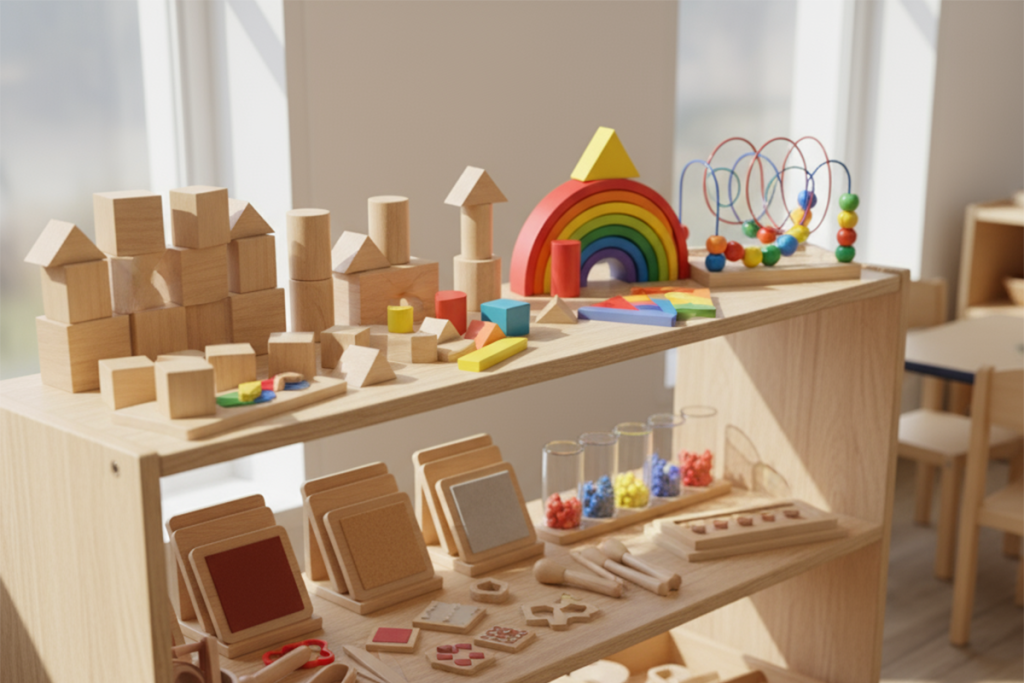
Technology Integration in Modern Classrooms
Balancing Traditional and Modern Tools
While wooden educational toys offer refreshing alternatives to screen time by promoting active engagement vital for physical and emotional well-being, some digital tools complement hands-on learning:
Thoughtful technology use:
- Interactive whiteboards for group activities
- Tablets with educational apps (time-limited)
- Digital cameras for documentation
- Audio players for music and stories
- Coding toys introducing programming concepts
Screen-Free Alternatives
Best practices prioritize:
- Physical manipulation over passive viewing
- Social interaction over isolated screen time
- Creative expression through tangible materials
- Movement and sensory experiences
- Real-world problem-solving opportunities
Building Partnerships with Families
Communicating the Value of Play
Help families understand that toys for preschool classroom use are educational tools:
- Share information about learning through play
- Explain how specific toys support development
- Provide suggestions for home play experiences
- Invite families to contribute materials
- Demonstrate toy use during family events
Gift and Donation Policies
Parents of older students might be willing to donate toys their children have outgrown, creating community connections while expanding resources.
Establish clear guidelines for:
- Safety and quality standards
- Age-appropriate materials
- Cultural sensitivity
- Cleaning and sanitization
- Acknowledgment and appreciation
Seasonal and Thematic Toy Integration
Connecting Play to Curriculum
The best toys for kindergarten classroom environments support curriculum themes:
- Nature materials during science units
- Cultural items during social studies
- Seasonal items maintaining engagement
- Community helper props for dramatic play
- Construction toys during building themes
Refreshing Interest Through Novelty
Provocations are great ways to incorporate children’s interests and guide children’s play in productive, engaging ways.
Maintain excitement by:
- Adding new props to existing toys
- Creating challenges with familiar materials
- Introducing unexpected combinations
- Responding to children’s expressed interests
- Connecting toys to real-world experiences
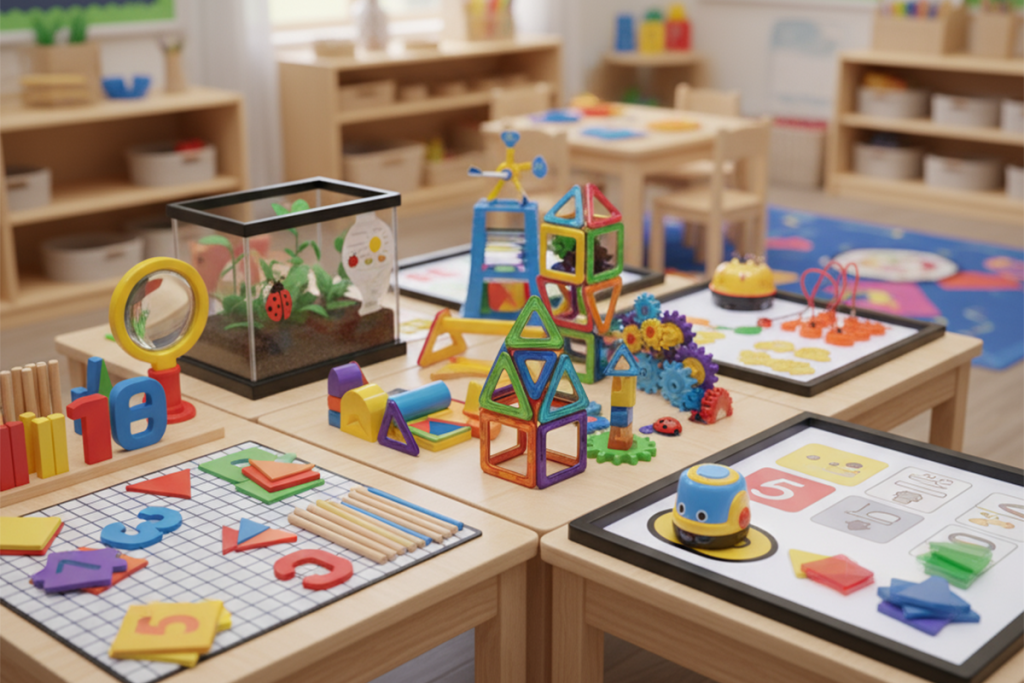
Professional Development for Effective Toy Implementation
Understanding Play-Based Learning
Teacher training is essential to identify methodologies that complement educational toys and maximize teaching-learning benefits for children’s brain development ScienceDirect.
Professional learning opportunities:
- Workshops on play-based pedagogy
- Training in observation and documentation
- Courses on child development theory
- Collaboration with colleagues
- Visiting model classrooms
Staying Current with Research
Quality educators continuously update their knowledge:
- Read early childhood journals
- Attend educational conferences
- Join professional organizations
- Participate in online learning communities
- Implement evidence-based practices
Conclusion: Investing in Quality Classroom Toys
Preschool toys for classroom environments represent far more than play equipment—they are essential educational tools that shape young minds and build foundations for lifelong learning. By selecting high-quality educational toys for preschool classroom use, particularly durable wooden options, educators create rich learning environments where children thrive.
The best toys for preschool classroom settings combine safety, developmental appropriateness, and engagement potential. Whether equipping a new facility or refreshing existing resources, prioritize open-ended materials that support multiple learning domains and grow with children’s developing abilities.
Educational toys support children’s development by increasing their IQ, satisfying their curiosity, helping them learn about the world, and providing a great source of fun. This investment in quality classroom toys for preschoolers and kindergarteners pays dividends through enhanced learning outcomes, increased engagement, and joyful educational experiences.
As you select toys for kindergarten classroom and pre k classroom toys, remember that the most effective materials balance structure with flexibility, challenge with success, and individual exploration with collaborative learning. Partner with reputable manufacturers who understand educational needs and prioritize child safety and development.

Take Action Today
Transform your educational environment with carefully selected classroom toys that inspire learning, creativity, and development. Whether you’re an educator, administrator, or distributor, choosing the right educational toys for preschool classroom use makes a measurable difference in children’s lives.
Ready to enhance your classroom? Contact us today to discuss your educational toy needs and discover our complete range of wooden educational toys designed specifically for preschool and kindergarten classrooms.